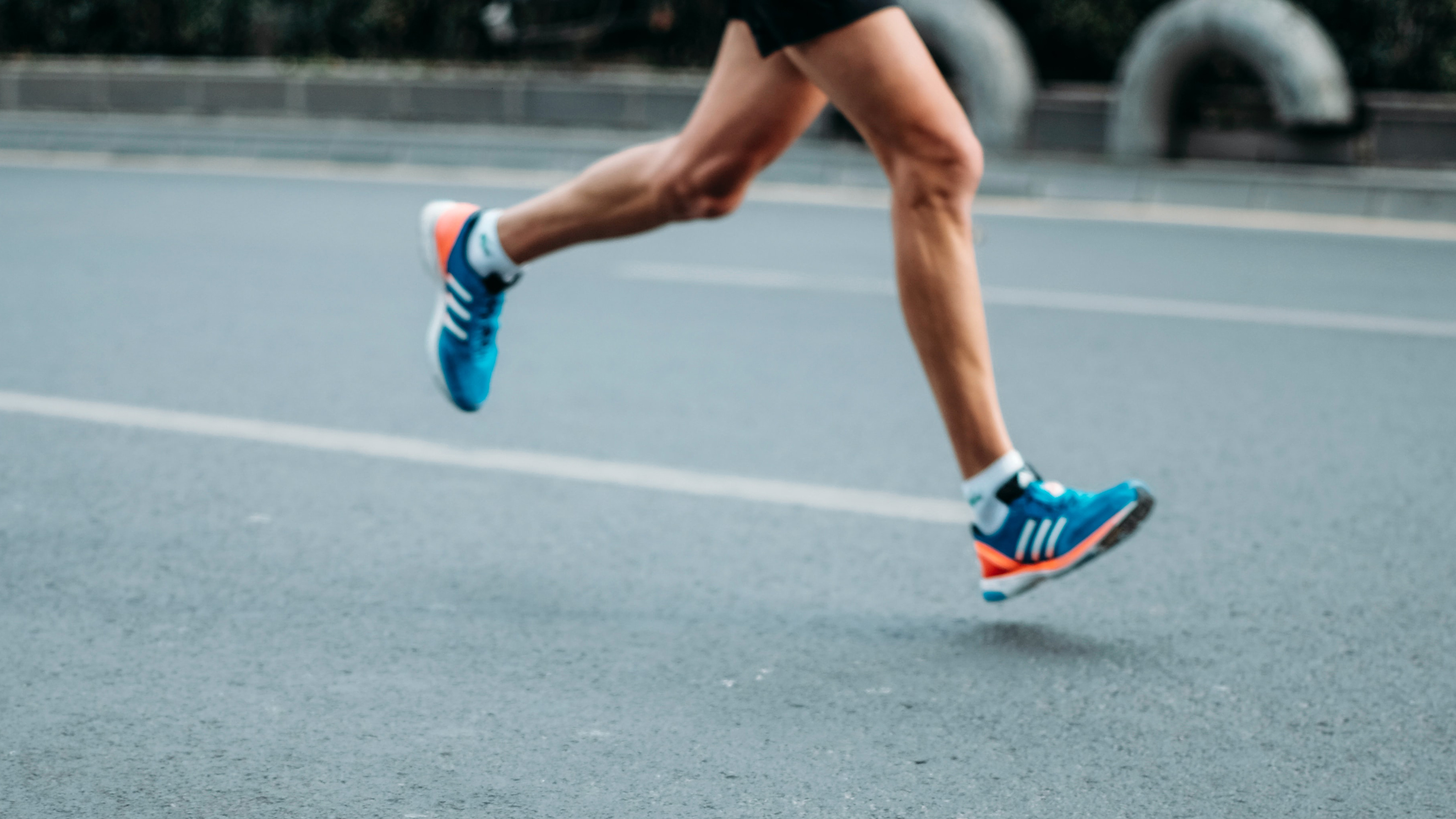Walking vs running: What's the best exercise to start losing weight?
They each have their own unique benefits, but if you're looking to lose weight, should you start walking or running?


If you're getting into fitness for the first time, you'll be glad to know summer is on the way: more sunshine and longer evenings mean a better chance to get outside and enjoy some exercise while soaking up some vitamin D. You might be tempted to go for a walk, or lace up the best running shoes for men or best running shoes for women and go for a run. But which is better: walking or running?

Walking vs running: Go for a stroll
Walking to lose weight is by far the easier choice of the two. It's less intense, which means it burns less calories (the American Council on Exercise found walking at a steady pace burns around 8.7 calories a minute for someone who weighs 160lbs), but it's a more accessible way of getting back into fitness. You just need a set of comfortable clothes and the best shoes for walking.
You can incorporate walking into your day. If you're at the office and you've worked hard, walking around the block during your lunch hour is a chance to stretch your legs, increase the circulation in your body, and get some much-needed vitamin D. Both exercise and sunshine have been found to boost mood, creating a great way to keep your spirits up while you stay active.
Walking can be something as simple as taking the stairs instead of the elevator, or you can go for dedicated nature hikes. Over time, you can work up to increasing the difficulty by tackling hills, or wearing a heavy backpack – but if you're just starting out, it's easiest to keep things simple and go for a short local walk at least once a day.

Walking vs running: Up the pace
Running, on the other hand, is a lot more intense than walking. You can walk quite happily in your street clothes, but run for any length of time and you'll definitely get all sweaty. Running burns around 15.1 calories per minute, which is great if you want to lose weight, but it's more difficult to incorporate into your day, requiring you to set some dedicated time aside to get changed, run and shower.
As a dedicated exercise, running is enormously beneficial. A steady run is not the most efficient exercise when it comes to losing weight, but it is a great way to improve your cardiovascular fitness, improve your mood (especially when you hit that famous runner's high) and it'll even extend your lifespan, with one study showing runners 27% less likely to die early than non-runners.
However, if you're coming into exercise for the first time, running can be tough on the joints: your feet are repeatedly hitting the hard surface of the road, which could cause discomfort in your ankles and knees if you don't have proper support. Likewise, as a more intense workout, early adopters could get discouraged with how hard running can seem at first.
Get the Fit&Well Newsletter
Start your week with achievable workout ideas, health tips and wellbeing advice in your inbox.
Walking vs running: No need to choose
Walking is obviously much easier to incorporate into your everyday life. As a more intense exercise, running comes with a shedload of benefits, but there are a few barriers preventing people new to fitness running for the first time. Our advice? Take things slow with the walk/run technique to ease yourself into running. Combined with a daily walk, you'll get the best of both worlds.
Matt Evans is an experienced health and fitness journalist and is currently Fitness and Wellbeing Editor at TechRadar, covering all things exercise and nutrition on Fit&Well's tech-focused sister site. Matt originally discovered exercise through martial arts: he holds a black belt in Karate and remains a keen runner, gym-goer, and infrequent yogi. His top fitness tip? Stretch.
-
 I do these two things every day to stay fit and healthy, says the newest star trainer on Chris Hemsworth's fitness app
I do these two things every day to stay fit and healthy, says the newest star trainer on Chris Hemsworth's fitness appHere's how Centr's Korey Rowe trains for longevity
By Sam Rider Published
-
 I thought sports weren't for me, until I realised they're a game-changer for ticking off cardio
I thought sports weren't for me, until I realised they're a game-changer for ticking off cardioI swapped HIIT and running for tennis—and I've never felt better
By Alice Porter Published